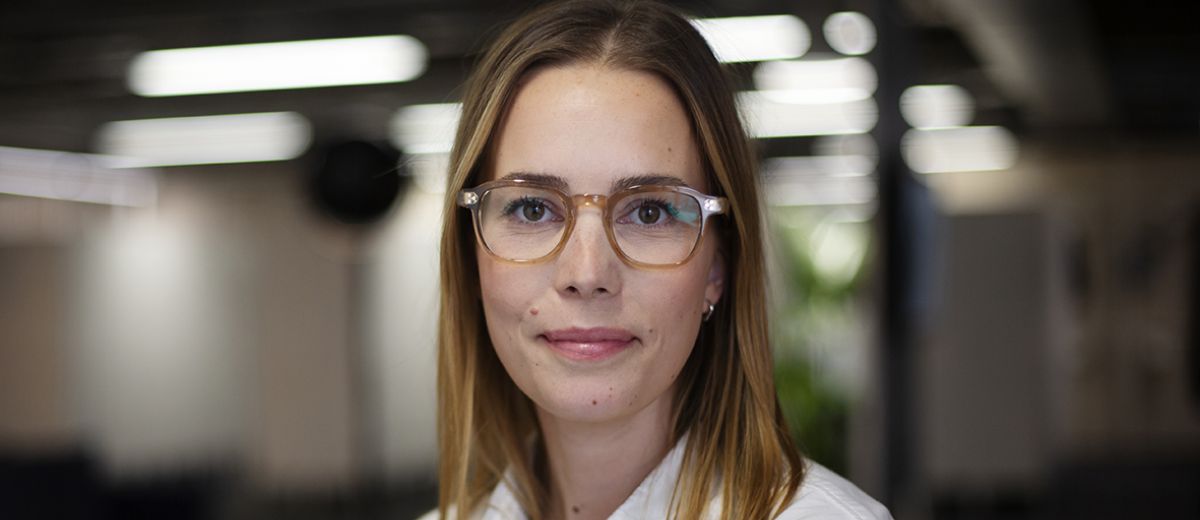
Multi-year packaging development
IKEA has been working with packaging development for many years, and the current aim is to find the best solutions free from fossil-based virgin plastics. IKEA’s goal is to eliminate all fossil-based virgin plastic packaging by 2028. The industry shift is not happening overnight, but things are changing. For instance, harmful EPS was phased out a long time ago. IKEA uses approximately 90% wood-based materials, and not more than 10% of their packaging is plastic. Developing a packaging solution that does not glue different materials together will make the separation and recycling of various packaging materials easier.
— We’re using a stepwise approach. Gradually, customers will have less plastic in their packaging waste, says Maja Kjellberg.
Today, customers expect sustainable solutions. However, this approach by IKEA also means that there will be obstacles along the way.
— For packaging to be recyclable, the consumer must understand what the material is and how to recycle it. I think we have a big job ahead of us in terms of communicating with our customers in order to ensure that the materials are recycled or responsibly taken care of.
Circular solutions of packaging development
IKEA is currently investigating unconventional packaging materials such as agricultural and seafood waste, seaweed and recycled textiles.
— Packaging development is an essential part of our production, and we want to ensure that all of IKEA’s sustainability goals are achieved. By 2030, all our materials should be renewable and recycled.
Maja Kjellberg believes that a big company like IKEA has the resources and a responsibility to reduce waste and pollution. A plastic industry transition is defining for the future.
— What motivates me is seeing how this kind of shift can have such a positive impact and the good that it does. I’m proud to be a part of this journey, and it is a learning experience.
EPS is a thermoplastic foam material produced from solid beads of polystyrene.